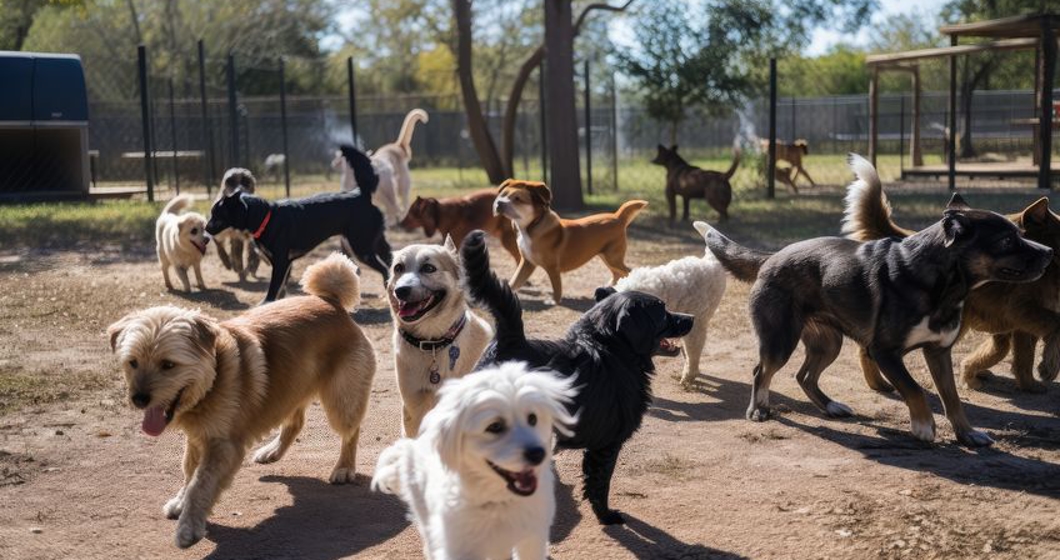The rise of dog parks. It's understandable that more and more people are seeking out pet-friendly accommodations when house hunting, especially if they have a furry friend by their side. One feature that many dog owners look for is a dog park, which can be a bit of a hot topic. Dog parks have grown in popularity not just in the United States, but around the world, with over 800 in America alone. In fact, attendance increased by 34% between 2007 and 2017. Additionally, properties near dog parks have become more desirable and sought after. While some dog parks have extra amenities like waste stations, hydration stations, and obstacle courses, other communities simply go without one, creating tension and questioning where geographically dog parks are most needed and wanted.
The current situation. Today, parks and recreation departments are under increasing pressure to allocate more space for dogs. This is happening even in cities where there aren't enough parks for children. The number of dog parks has risen by 40% in the last decade, and this trend has consequences for both neighborhoods that have them and those that don't. For example, in Chicago, the demand for pet-friendly public space has soared. However, many communities see off-leash parks as heralds of gentrification and see intended dog parks as unnecessary in their area. Currently, over half of the nation's parks departments have a dog park.
Is there a solution? Wake County has offered an extensive solution to discovering where the need is for dog parks through the use of the 2018 Dog Park Study for the city of Raleigh. The study aimed to address this issue by analyzing feedback from citizens, spatial data, and national trends in dog park planning to determine where dog parks are truly needed.
According to a community survey of 1,200 participants, 97% agreed that dog parks promote a sense of community and serve as a recreational space for non-dog owners. The study also found that by 2023, an estimated 100,000 dogs will live in the city. Given the demand for more dog parks, the study recommended a comprehensive approach to create secure and enjoyable parks for both dog owners and non-dog owners in the area. The study proposes additional facilities that would ensure every resident has access to a dog park within a 10-minute drive.
How does Raleigh plan to address this dog park demand? The increasing need for dog parks will necessitate a combination of traditional park design, more dog-friendly activities, and unique, dog-friendly events. The recommendation chapter of the study also suggests that homeowners associations (HOAs) and multifamily communities should provide on-site dog park facilities to meet the growing demand. This will greatly benefit these residential communities as more dog owners will be attracted to communities that have a designated pet area and public space that could be used for a different needed amenity won’t be utilized.
How can other communities move forward? One of the most important points Raleigh made while conducting its research is reaching out to its citizens to properly understand the demand for dog parks. Understanding the needs of citizens allowed the city to make an informed decision and plan concerning the issue.
Additionally, to make a dog-friendly park that also accommodates non-dog owners, it's important to create specific areas or zones for dogs and make sure they don't disturb other park-goers. A high-quality fence should be installed to allow dogs to play and roam freely without causing any disruptions. It's also essential to have waste stations in place and regularly maintained to keep the park clean. By providing these amenities, dog owners can enjoy the park without leaving any mess behind.


